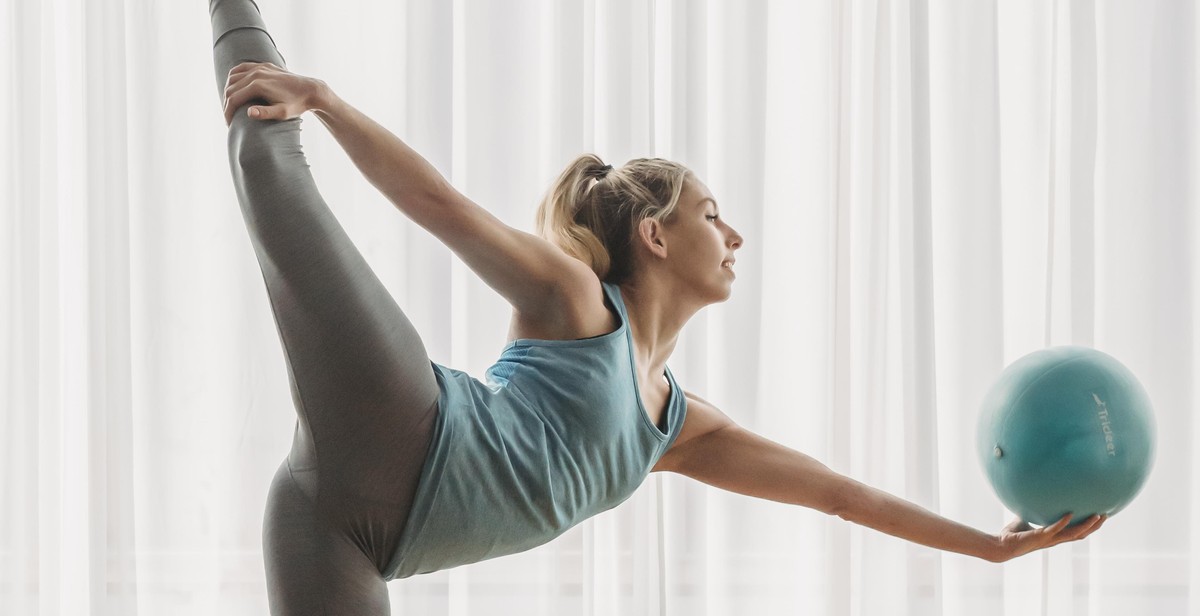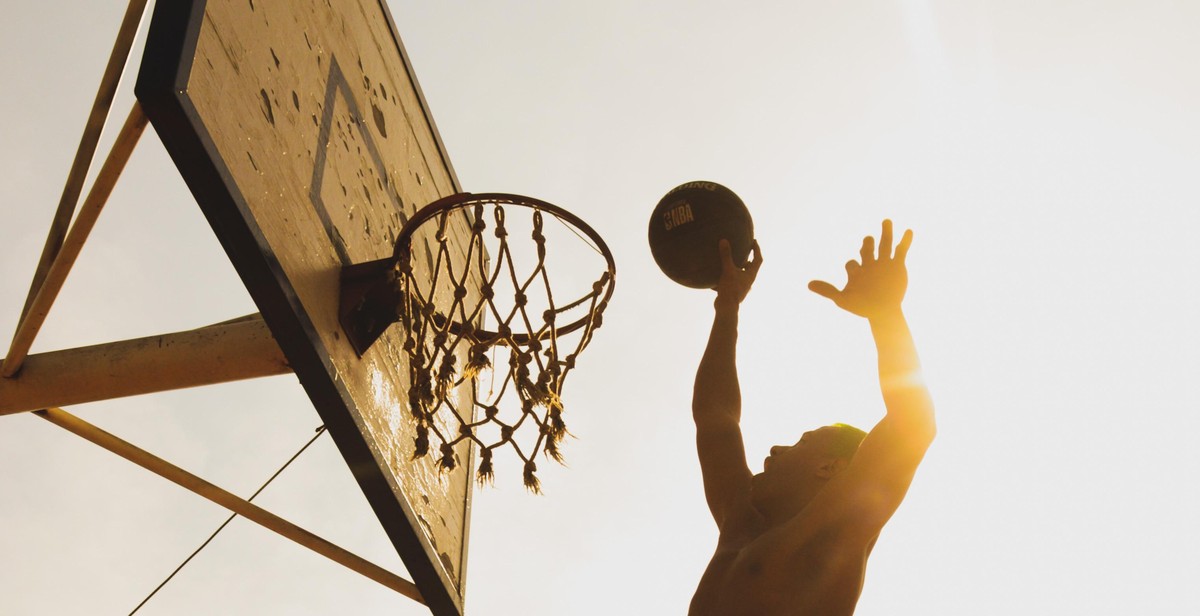How to Bump a Volleyball High Ball: Fundamentals and Drills for Accurate High Bumping
As a professional volleyball player with over 10 years of experience, I know that accurate high bumping is a crucial skill for any player. Bumping a high ball is one of the most basic moves in volleyball, but it requires a lot of practice and proper technique to execute it perfectly. In this article, I will share with you the fundamentals of high bumping and some effective drills that will help you improve your accuracy and consistency.
The Fundamentals of High Bumping
High bumping is a technique used to pass a ball that is above your head height to your teammate. The key to accurate high bumping is to make contact with the ball using the flat part of your forearms, while keeping your elbows straight and locked. Your body should be positioned underneath the ball, and your feet should be shoulder-width apart for balance. Additionally, you should use your legs to generate power and momentum to propel the ball forward.
Drills for Accurate High Bumping
One of the most effective drills for high bumping is the wall drill. To do this drill, stand facing a wall and bump the ball against it, aiming for a specific spot on the wall. This will help you improve your accuracy and consistency. Another great drill is the partner bumping drill, where you and your partner stand facing each other and bump the ball back and forth, gradually increasing the height and speed of the ball.
By mastering the fundamentals and practicing these drills, you will become a more confident and skilled high bumper, and will be able to contribute more to your team’s success.

Fundamentals of High Bumping
High bumping or high passing is a fundamental skill in volleyball that requires proper technique and form. In this section, we will discuss the three essential fundamentals of high bumping, including proper body positioning, contact point on the ball, and follow-through.
Proper Body Positioning
Proper body positioning is crucial in executing a high bump accurately. Your body should be in a balanced position with your feet shoulder-width apart, knees slightly bent, and weight evenly distributed on both feet. Your shoulders should be relaxed and square to the net, and your arms should be extended in front of your body, forming a diamond shape with your thumbs and index fingers.
It’s essential to maintain a steady posture throughout the bumping motion. Avoid leaning too far forward or backward, as this can affect the trajectory of the ball. Keep your eyes on the ball at all times and adjust your body position accordingly to make a clean contact.
Contact Point on the Ball
The contact point on the ball is another critical element of high bumping. You want to make contact with the ball using the flat part of your forearms, just above your wrists. Your arms should be straight, and your hands should be relaxed, forming a platform for the ball to bounce off.
Timing is crucial when making contact with the ball. You want to meet the ball at the highest point possible, just before it starts to descend. This will give you more control over the ball’s trajectory and prevent it from going too far or too low.
It’s also essential to make a clean contact with the ball. Avoid hitting the ball with your fingers or using a swinging motion, as this can cause the ball to spin or go off course. Instead, use a firm but gentle touch to absorb the ball’s energy and direct it towards your target.
Follow Through
Follow-through is the final fundamental of high bumping. After making contact with the ball, you want to follow through with your arms, extending them towards your target. This will help you maintain control over the ball’s trajectory and give you more power and accuracy.
It’s important to follow through in the direction you want the ball to go. For example, if you want to pass the ball to your teammate on the left side of the court, you should follow through with your arms towards that direction. This will help you generate more power and accuracy and make it easier for your teammate to receive the ball.
Overall, mastering the fundamentals of high bumping takes practice and patience. By focusing on proper body positioning, contact point on the ball, and follow-through, you can improve your accuracy and consistency and become a more valuable asset to your team.

Drills to Improve High Bumping Accuracy
Improving high bumping accuracy is crucial for any volleyball player who wants to excel in the game. Here are some drills that can help players achieve this:
Wall High Bump Drill
This drill involves standing a few feet away from a wall and bumping the ball against it. The player should focus on hitting the same spot on the wall every time and keeping the ball high. This drill helps players develop their hand-eye coordination, timing, and accuracy.
Partner High Bump Drill
For this drill, two players stand across from each other with a net in between. One player tosses the ball high to their partner who then bumps it back over the net. The players should focus on making accurate high bumps and maintaining a consistent rhythm. This drill helps players improve their communication, teamwork, and accuracy.
High Bump and Set Drill
This drill involves three players: a setter, a hitter, and a passer. The passer bumps the ball high to the setter who then sets it to the hitter for a spike. The players should focus on making accurate high bumps and sets to ensure a successful spike. This drill helps players improve their coordination, timing, and accuracy.
By consistently practicing these drills, players can improve their high bumping accuracy and become more valuable assets to their volleyball teams.
